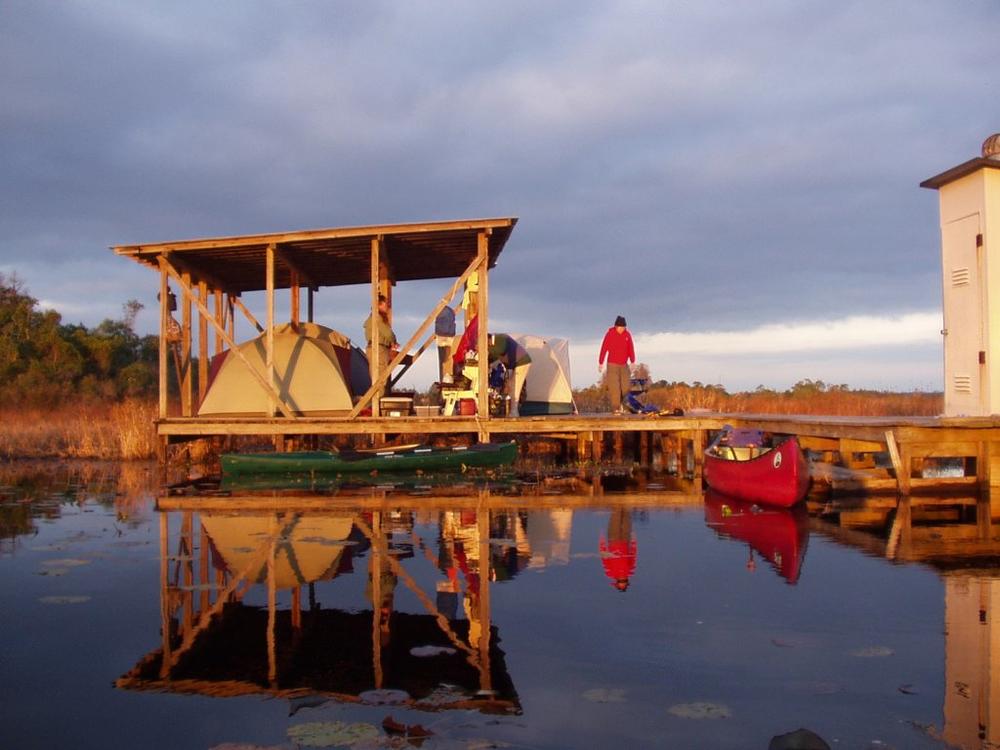
Caption
Activists in the Okefenokee Protection Alliance prepped for a fight in fall 2022 as Twin Pines Minerals gets ready to submit its application for mining near the Okefenokee Swamp. When the permit application is reviewed, the state’s Environmental Protection Division opens the public comment period for 60 days.
Credit: Photo contributed by Joy Campbell

